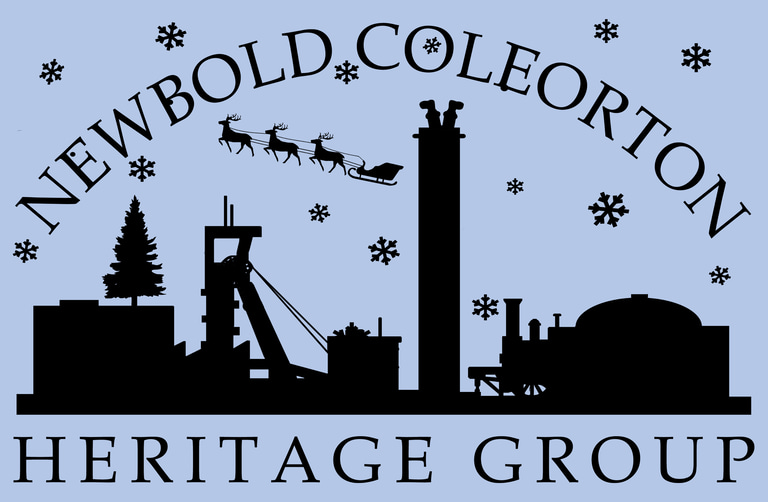Newbold Pipeworks
It is believed that pipes were being made in Newbold during the 1860s and were constructed from clay, an important bi-product of the coal mining industry. Staunton/Worthington Mine, which was located next to the pipe works was sold to The Leicestershire Colliery and Pipe Company Ltd. around 1900 and this company was a significant manufacturer of sanitary pipes as well as operating mines in the locality. Newbold pipeworks operated under different owners until its closure in 1975.
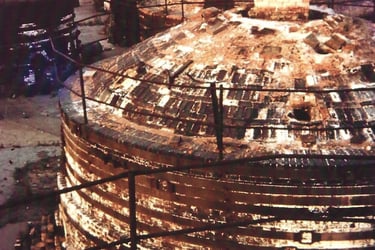

Bill Reid, a local resident of Newbold who worked at the pipeworks, described the work as physically demanding. He recounted that all the pipes had to be moved by hand or barrow.
The pipe yard grew significantly. In 1900 there were 6 kilns, by the 1920s there were 8 and by the 1960s, the site boasted 16 kilns.
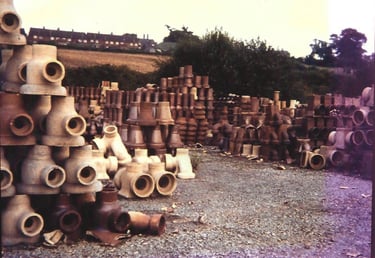

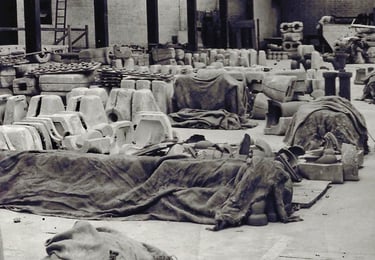

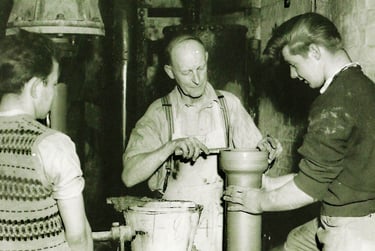

The pipe-making process
White clay, which was found alongside coal in nearby mines, was used to make the pipes. The clay was powdered in a match pan, mixed with water and fed into a pIpe forming machine. The extruded pipes were cut, trimmed and placed in a drying shed. Dried pipes were fired in kilns. Salt was shaken over the pipes when the kilns were at maximum temperature and this gave the pipes a brown, waterproof, durable glaze. Newbold pipes were sent all over the UK by rail and road.
Local school boy Edward (Ted) Martin left Newbold school to work at the pipeyard as an office boy. He worked his way up to Manager and then Director. Edward Martin was also a Director of Newbold Haulage Company.
Picture of one of the old kilns
Interesting fact
During the second world war, sheets of corrugated tin were placed over the kilns to reduce the lights visible to German aircraft.
